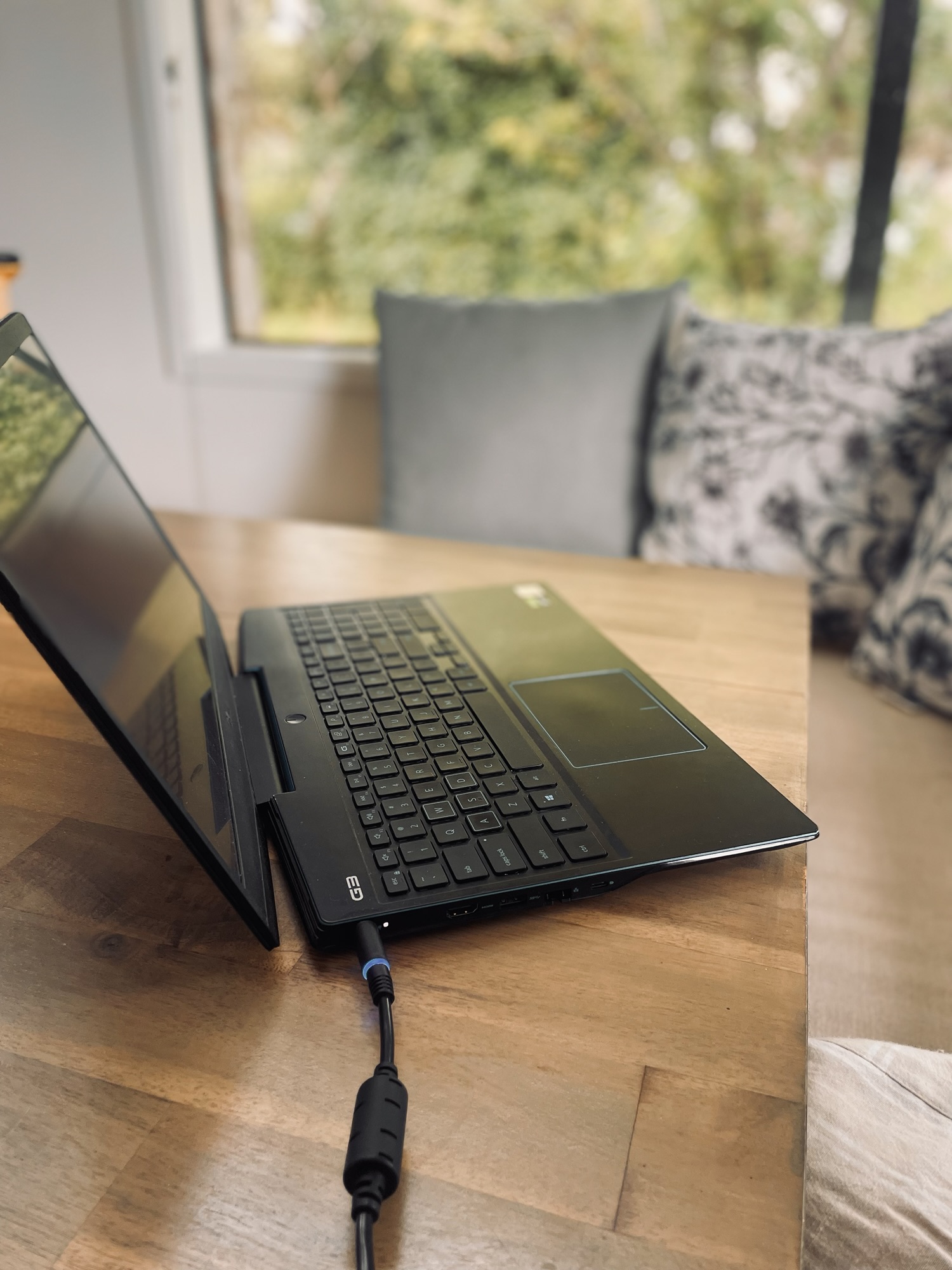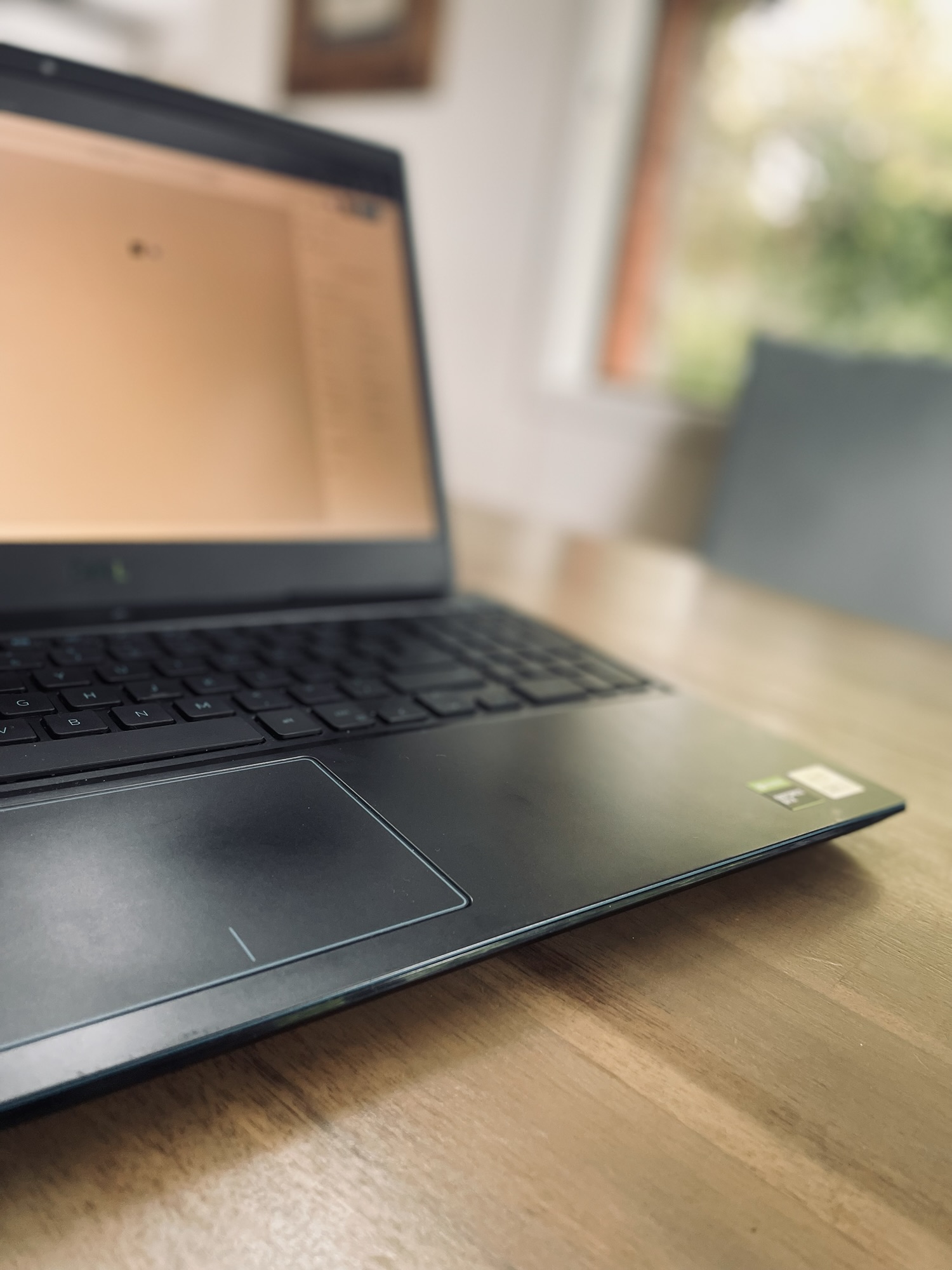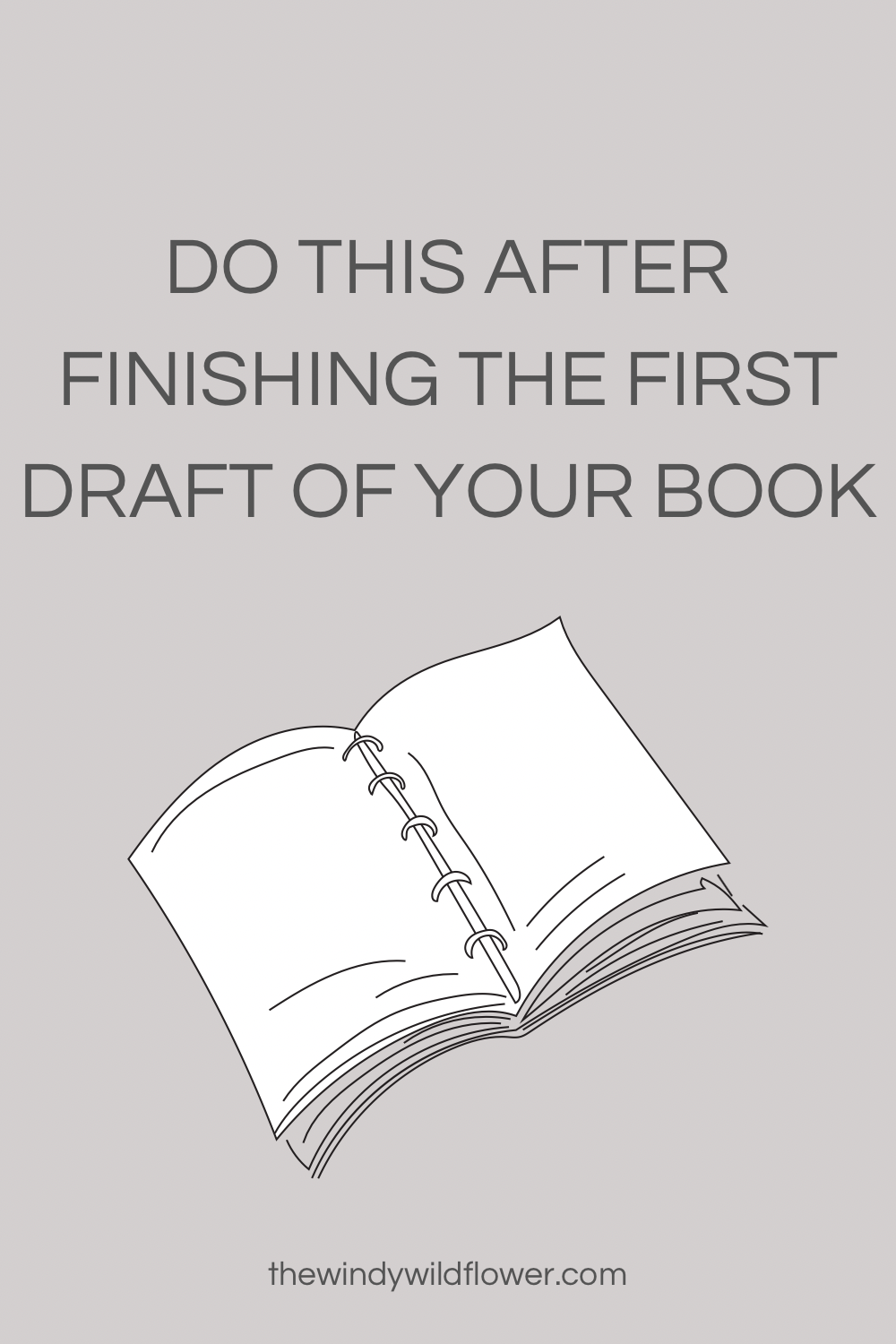How to edit your book as a beginner / writing advice
I am part way through editing my novel Swimming with Lupins. It has been a whole new journey of learning and having patience with the process. This being the first of my books I’ve edited, everything is new and confusing. But I think I’ve cracked the start of this thing, and am here to tell you how you can too – noob to noob.
Let me explain how I came to my decision on where to start with the editing process.

After finishing the first draft, I let it sit for a few months as I’d heard was good to do from YouTube. Then I decided I’d read through the whole book, not changing anything yet, just taking notes. I came to this conclusion after watching some of Abbie Emmon’s editing advice videos and hearing about her process. She said that she works on “developmental edits” first, before moving on to things like BETA readers and line editing. I had no clue how all these stages would work together, but figured I could just start somewhere and make it work.
I was right. Just starting is the most important part. Once you have your foot in the editing game, things slowly unravel and start to make sense. Just find that first thing that get going. Don’t worry about what cover your book will have, or that you don’t like that paragraph in chapter four – just get stuck into big picture things and work smaller and smaller from there. That’s my conclusion anyhow.

By starting with big picture and working to the more detailed stuff later, it cuts out the risk of editing things that you’re going to cut from the manuscript anyway. Believe me, I know how hard it can be to ignore the ugly grammar and repeated words on a page, but just remind yourself that you will deal with that stuff at some point. That point just isn’t now.
Developmental edits is where I have begun in my editing journey. It made the most sense to sort out plot holes and character arcs before getting into the nitty gritty matter of line editing. This is how I’ve done it so far. May this put some sense to this vital part of the book writing process.
Reading the first draft and taking notes
A simple place to begin. Simply pick up your book and start reading. You could read on your phone or laptop, or print it out to avoid so much screen time on those eyes. I personally couldn’t justify printing it all out when I knew it was all going to change and I wouldn’t be able to use the same material for line editing (which I am keen on editing in paper form).
As you read through the draft things will start to pop up that feel:
- Out of place or character
- Too emotional or cringe
- Just plain confusing and nonsensical
- Left with loose ends
- Too fast or slow in pacing
- Lacking interest
When you feel or see these things, jot down a short note for yourself. I just kept a notebook handy next to me at all by times and wrote down in there so the notes were all in one place. Phone notes could also work if you are reading on your phone. When you write down notes, make sure you let yourself know where in the book you are talking about. Because future you is not going to remember where you were (unless it’s a super obvious plot point or something I suppose).
Once you’ve read all the way through and made lots of notes for yourself, it’s time to organise these notes in a way that makes sense to you. However lets you see the storyline and plot clearly so you can think about what to change.

Personally, I typed up all the chapters and sorted my notes to sit beneath each chapter title. Along with each chapter title I typed a brief summary of what happens in that chapter to give me an idea of where in the plot it sits.
More ways you could arrange your notes could be:
- On a cork board, map it out however makes sense to you.
- Make scene or chapter cards with the notes added to each
- Write with a chalk pen on your window and summarize everything that way
- Draw a long line on a large piece of paper and add plot points along the way
After writing down and organizing your findings, have a think about what you do want to change. Ask lots of questions about your characters, about plot, about parts you dislike more than others. Once you have a bit of an idea of where you want to go next, it’s time for stage two.

Making the developmental changes
“Developmental changes” sounds like a complicated and confusing thing, but really it just means “Changes to your overall story”, or “big picture changes”.
Sit back down at your computer (or typewriter or whatever you love writing on) and prepare to begin with the changes you have listed in your notes. I began at the beginning and worked my way through chronologically to the end. You could do this, or choose anywhere you like to start. Because you have your notes to follow, you can make whatever changes you like and simply tick it off your notes as you go.
I found changing things fun! It was magical, getting to come up with new and alternative scenes for my story. Some of my favourite scenes were crafted in this stage of the writing journey, and I’m so glad I took the time to delve into my characters and plot and make the changes needed to have me fall in love even more with this story.
After working through your notes and making any changes you jotted down while reading, that’s that! That is developmental editing in a nutshell. Once you’ve down one round of changes, you may feel it is necessary to do a second round, or even rethink some major plot points. I am going to make some more changes to the plot before moving on to line edits or anything more minute.
If you would like to learn more about writing, feel free to browse more blog posts, or contact me if you have any questions. You can also find me on YouTube at The Windy Wildflower, or the podcast at The Windy Wildflower Podcast. We talk about writing, songwriting, and being a Christian creative in all these places. Join me on the journey of learning to glorify God with our creativity and making dreams a reality.
